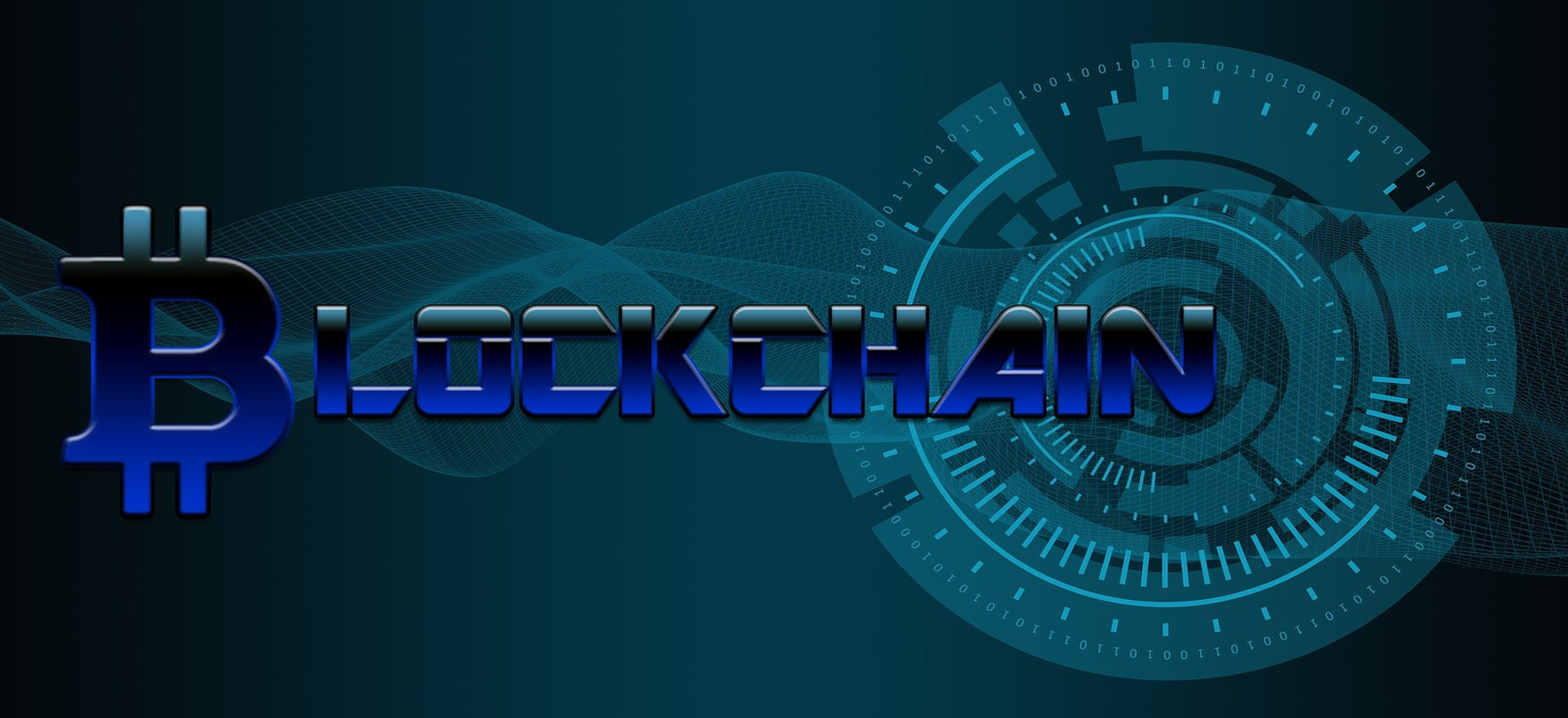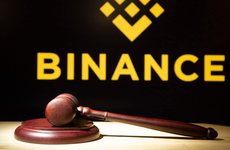Blockchain Technology Facts: What Is It, How It Works, and Definition
 Image by Pete Linforth from Pixabay
Image by Pete Linforth from Pixabay
Definition of Blockchain
Blockchain is defined as a distributed database or immutable ledger that is shared among the nodes of a computer network, which facilitates the process of recording transactions and tracking assets in a network. As a database, a blockchain stores information electronically in a digital format.
Facts about Blockchain
Blockchain technology was first outlined by Stuart Haber and W. Scott Stornetta, in the year 1991. These two researchers wanted to implement a system where document timestamps could not be tampered with.
In January 2009 Bitcoin was launched, this was the first blockchain’s real-world application.
Blockchains are best known for their crucial role in cryptocurrency systems, such as Bitcoin, for maintaining a secure and decentralized record of transactions for years.
One of the best qualities of a blockchain is that it guarantees the fidelity and security of a record of data and generates trust without the need for any third party like an institution, person, or government.
typical database vs blockchain
One key difference between a typical database and a blockchain is how the data is structured. A blockchain collects information together in groups, known as blocks, which hold sets of information. Blocks have certain storage capacities and, when filled, are closed and linked to the previously filled block, forming a chain of data known as the blockchain. All new information that follows that freshly added block is compiled into a newly formed block that will then also be added to the chain once filled.
A database usually structures its data into tables, whereas a blockchain, as its name implies, structures its data into chunks (blocks) that are strung together. This data structure inherently makes an irreversible timeline of data when implemented in a decentralized nature. When a block is filled, it is set in stone and becomes a part of this timeline. Each block in the chain is given an exact timestamp when it is added to the chain.
Who Invented Blockchain?
Blockchain technology was first spotted in the year 1991, by Stuart Haber and W. Scott Stornetta.
Two mathematicians tend to implement a system where document timestamps could not be tampered with.
And in the late 1990s, Cypherpunk Nick Szabo proposed using a blockchain to secure a digital payments system, known as bit gold (which was never implemented).
The Goal of Blockchain
The greatest goal of blockchain is to allow digital information to be recorded and distributed, but not edited. In this way, a blockchain is a foundation for immutable ledgers, or records of transactions that cannot be altered, deleted, or destroyed. This is why blockchains are also known as distributed ledger technology (DLT).
Another goal is to allow users to carry out transactions without the need to verify who or where they are, more faster and securely.
It also removes third parties institutions like banks and governments, therefore eliminating extra costs and prying of one’s transactions.
Pros and Cons of Blockchain
Blockchain’s potential as a decentralized and secured form of record-keeping is almost limitless.
But is said that anything that has advantages does have disadvantages as well, so we will talk about the advantage and disadvantages of blockchain in the paragraph.
Pros
Cost reductions and improved accuracy by eliminating third-party verification as well as human verification
Decentralization makes it harder to tamper with
Blockchain provides a banking alternative to people in underdeveloped countries, with secured and fast transactions
Blockchain transactions are secure, private, anonymous, and efficient
Is a completely transparent technology, anyone can explore or partake in transactions on the blockchain network
Cons
- Technology cost associated with mining bitcoin and other coins backed by blockchain
- Lower transactions per second
- History of use in illegal activities, such as on the dark web or fraudulent activities
- Regulation varies by jurisdiction and remains uncertain
- Data storage limitations
We will talk more about blockchain in our next topic, but I hope this article helps you understand the basics of a blockchain.
Related questions

Money laundering: Court orders Binance to disclose names of users to EFCC


What Cryptocurrency is all about, (Definition, Examples, Risks, History, and Investment)
More questions »
Latest Posts

Top 5 best cheapest and fastest VPS hosting providers

What is remote work? (Meaning, Examples, Type, Pros and Cons)

How to become a professional Writer, (step-by-step guide)

Tips for becoming a successful public speaker, and monetizing your skill

ATBU shut down campuses after students’ protests
More Posts »